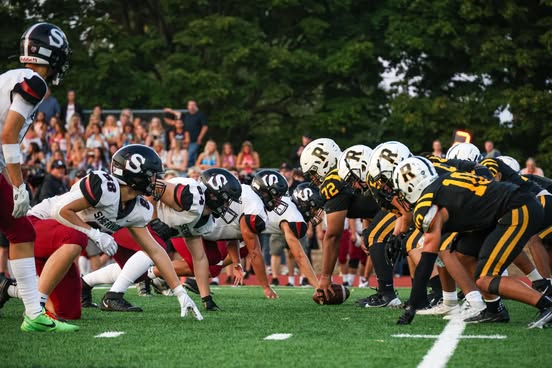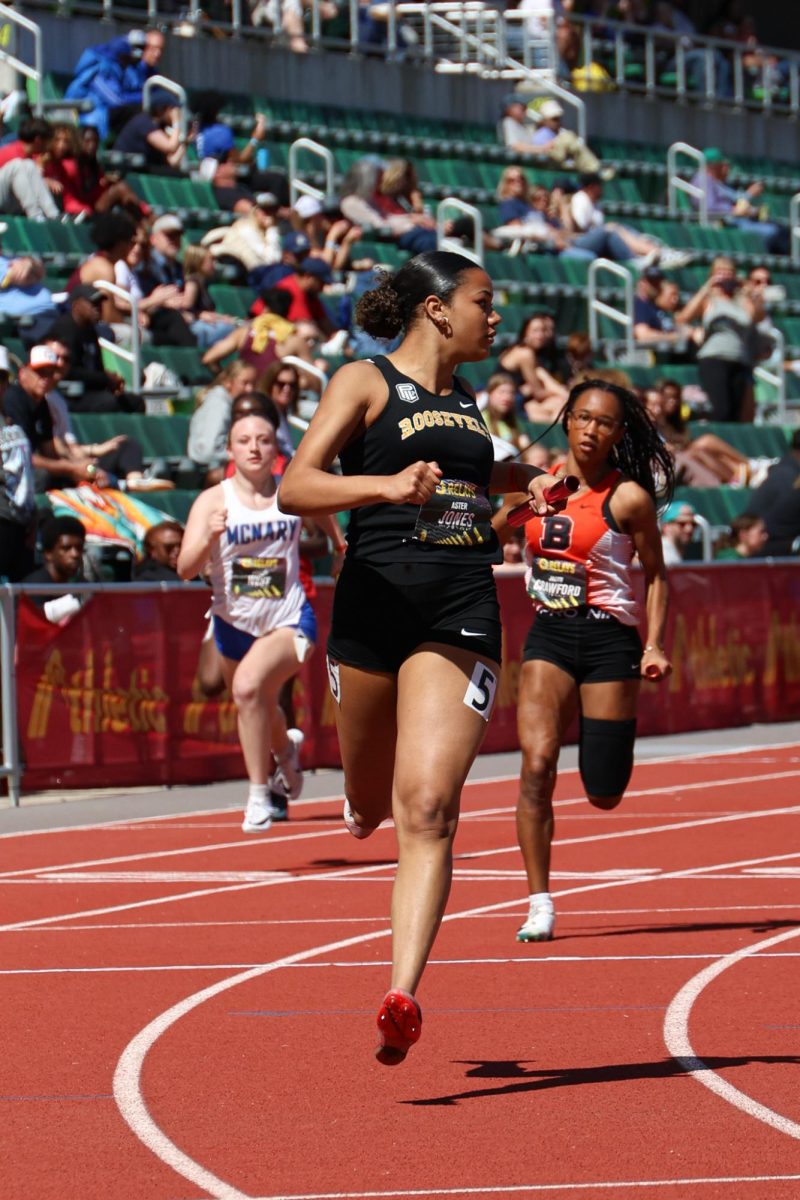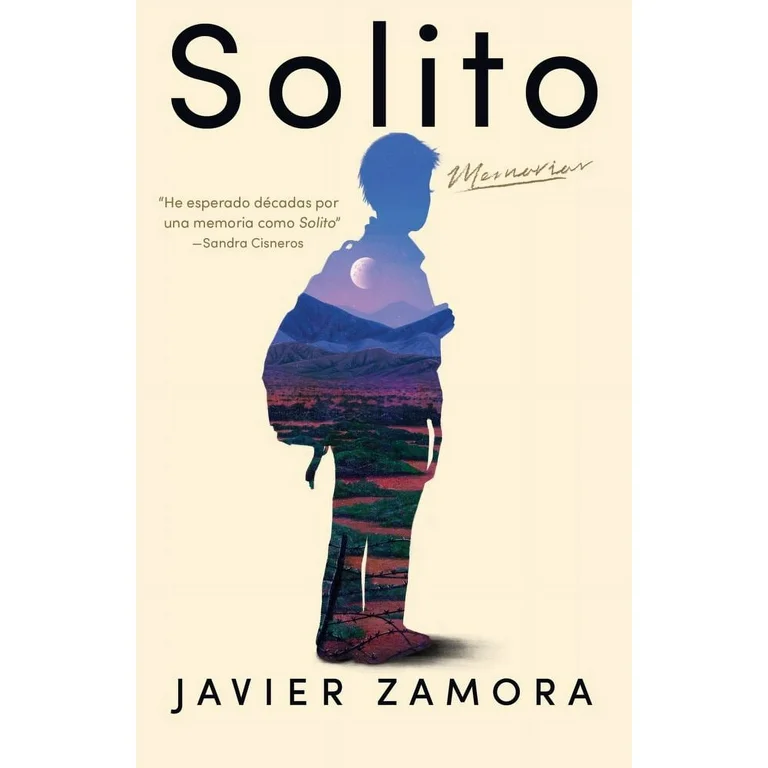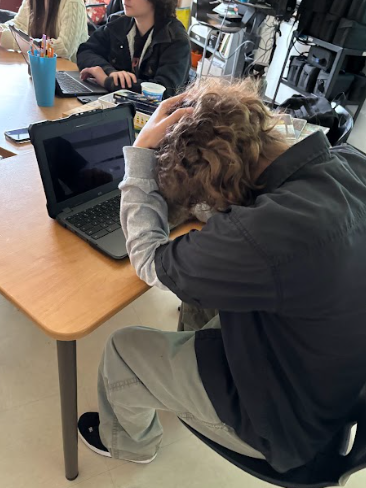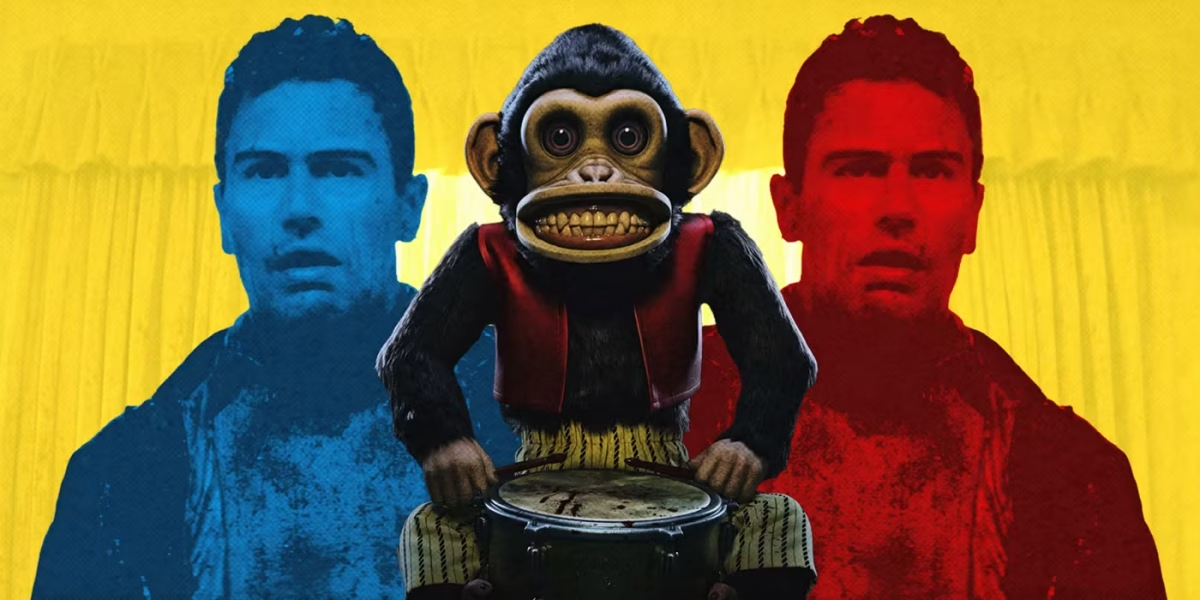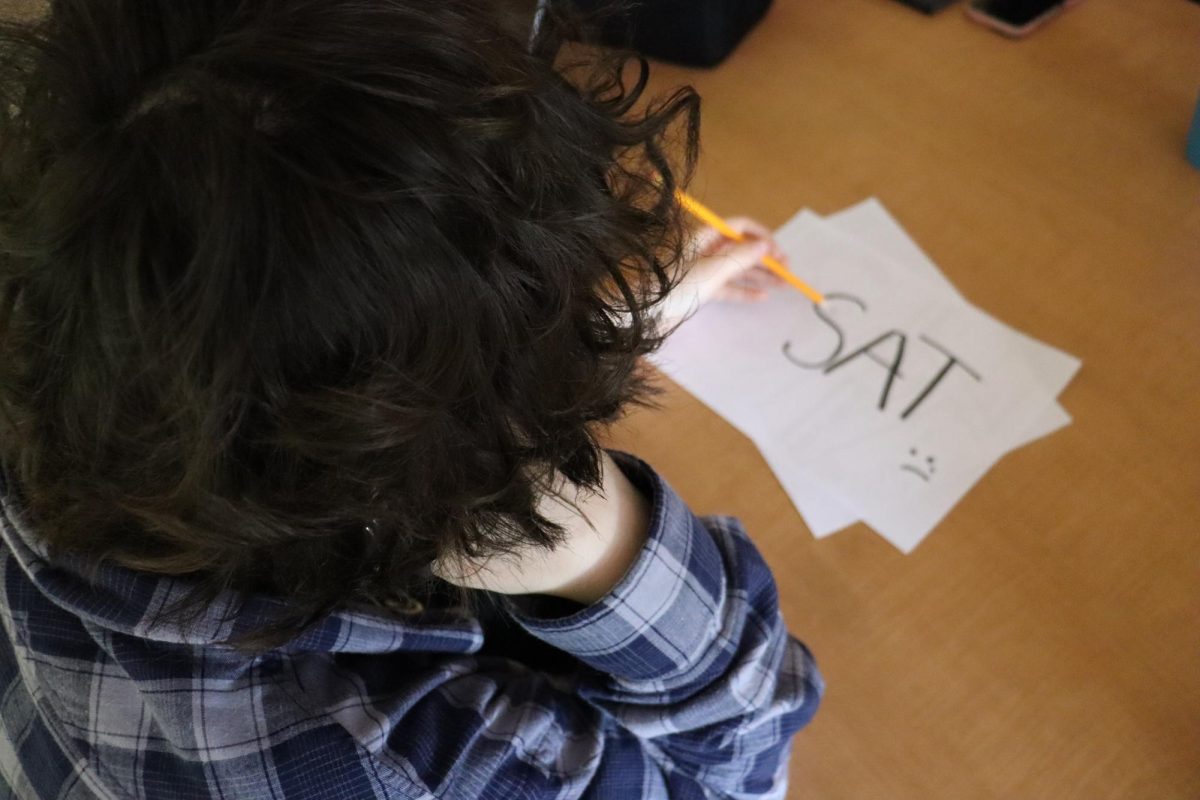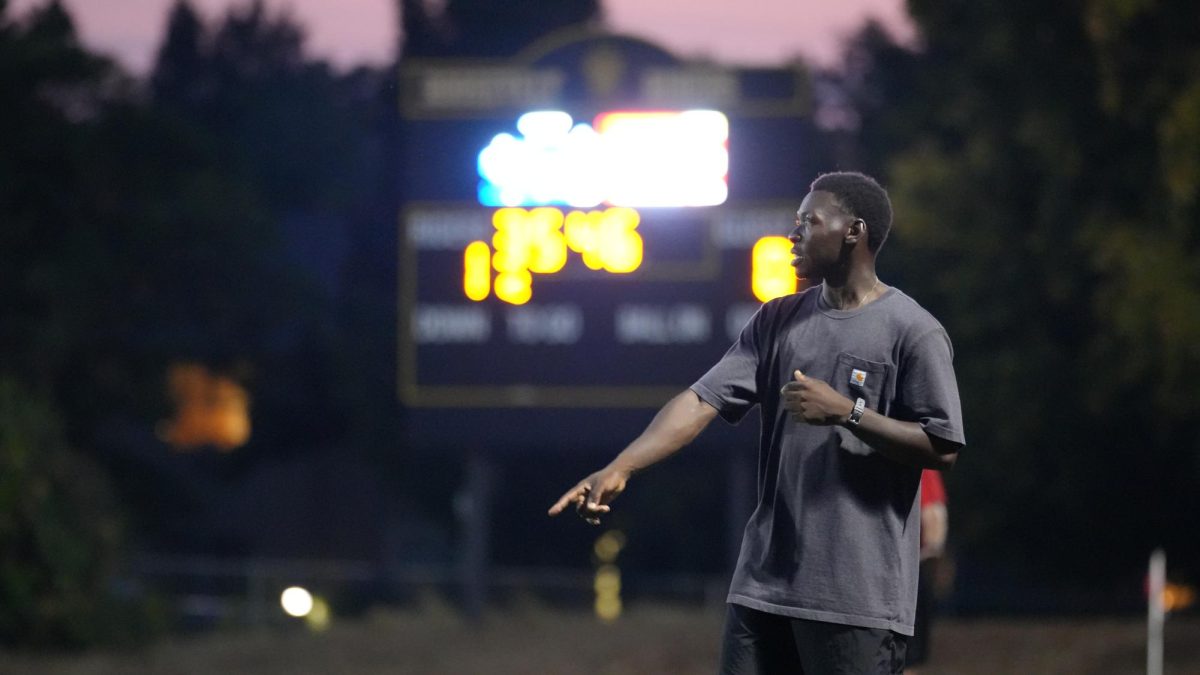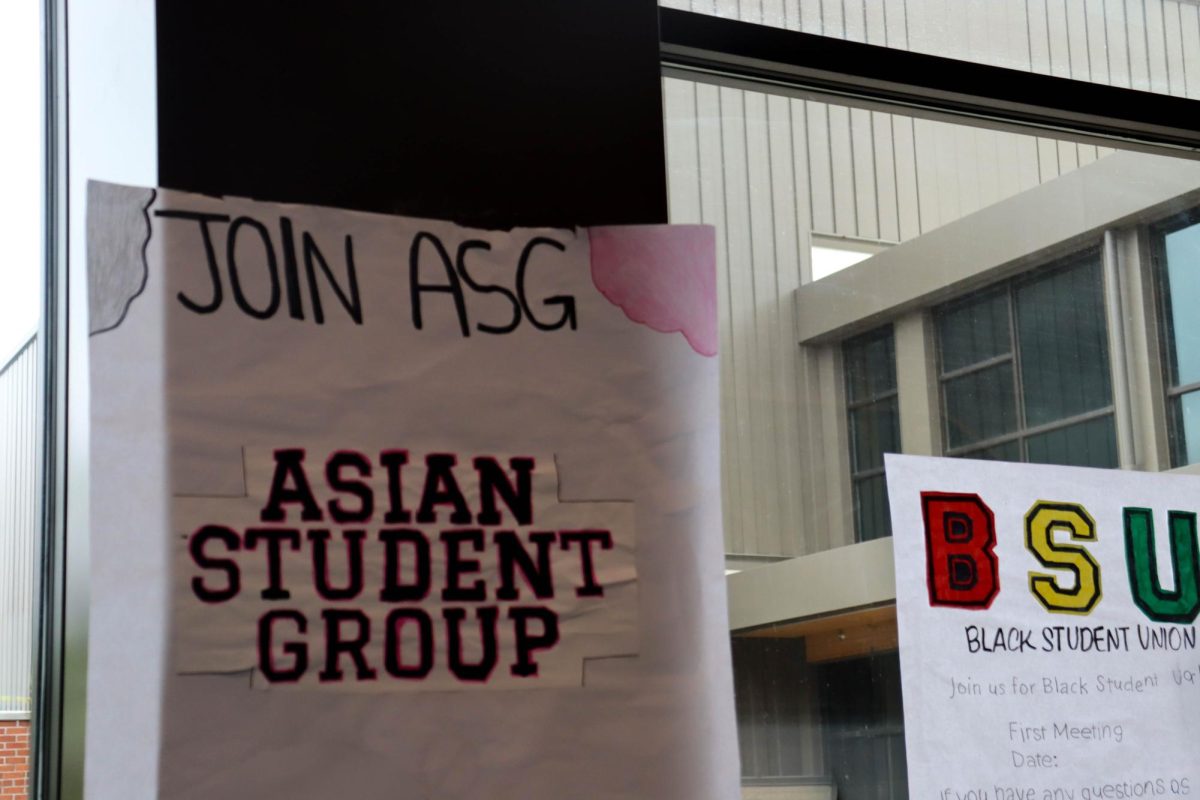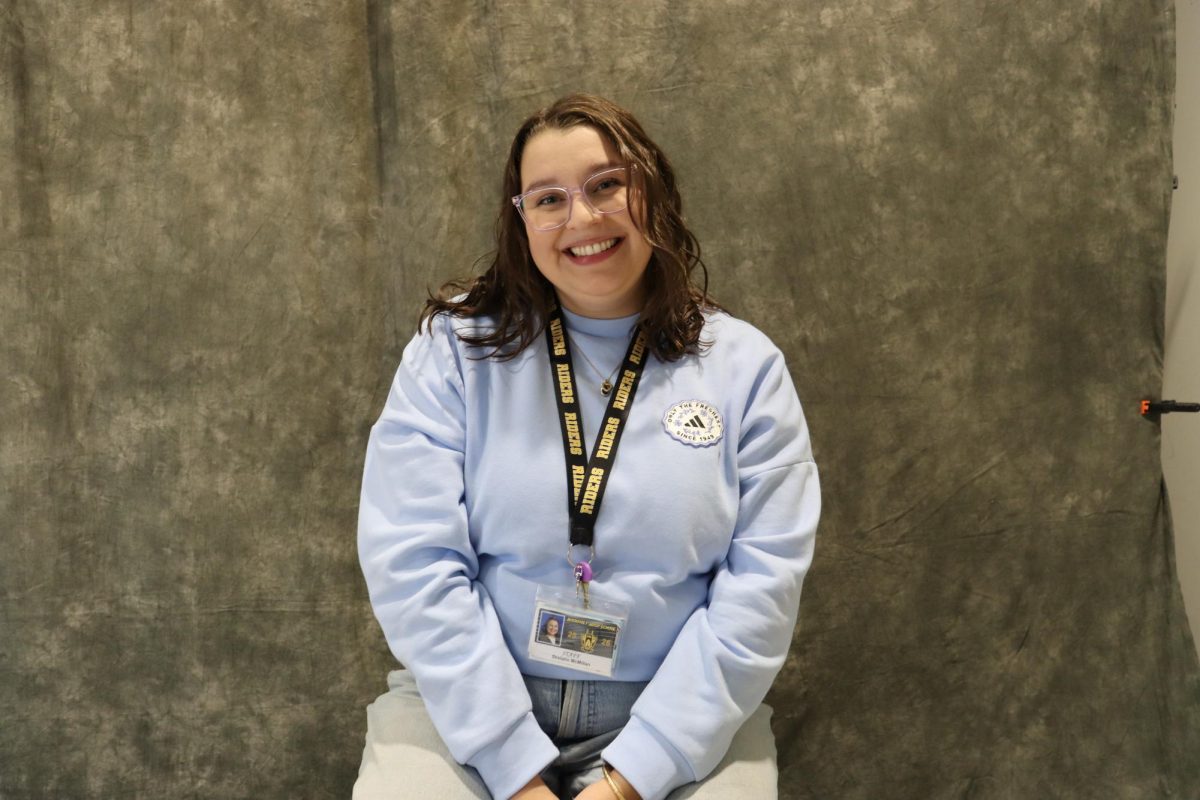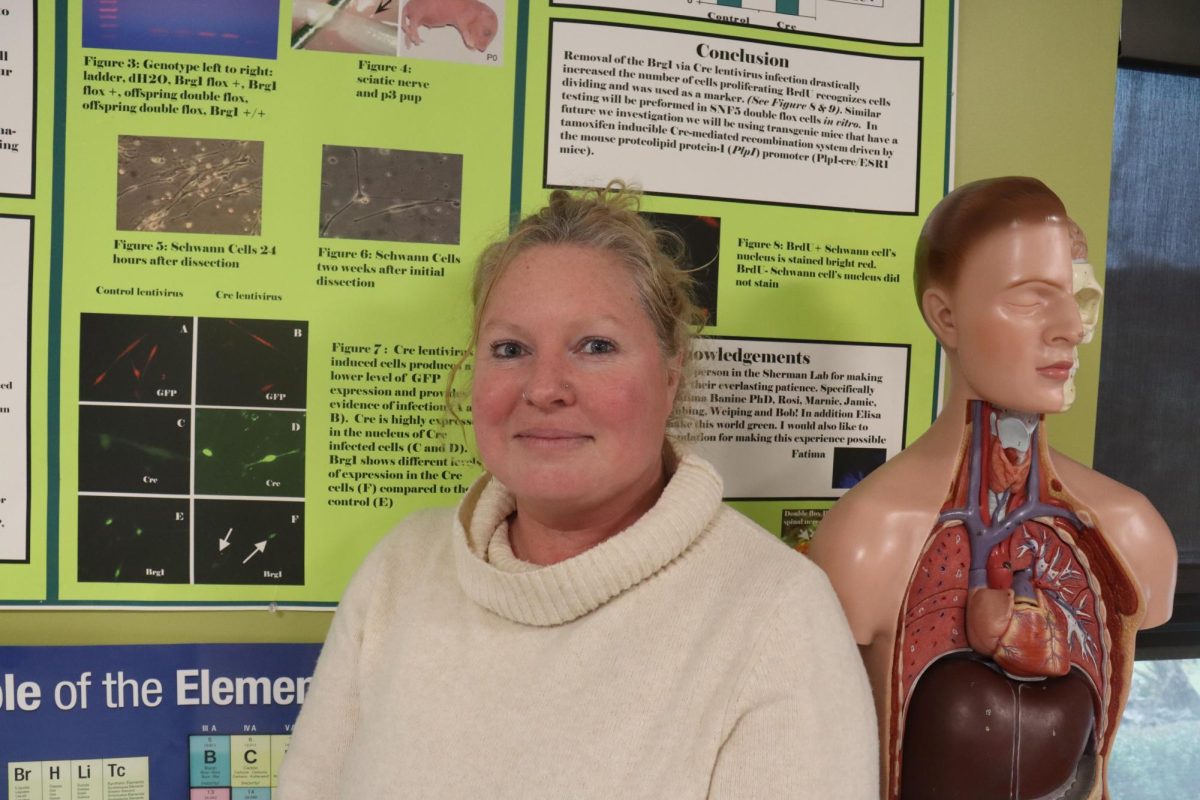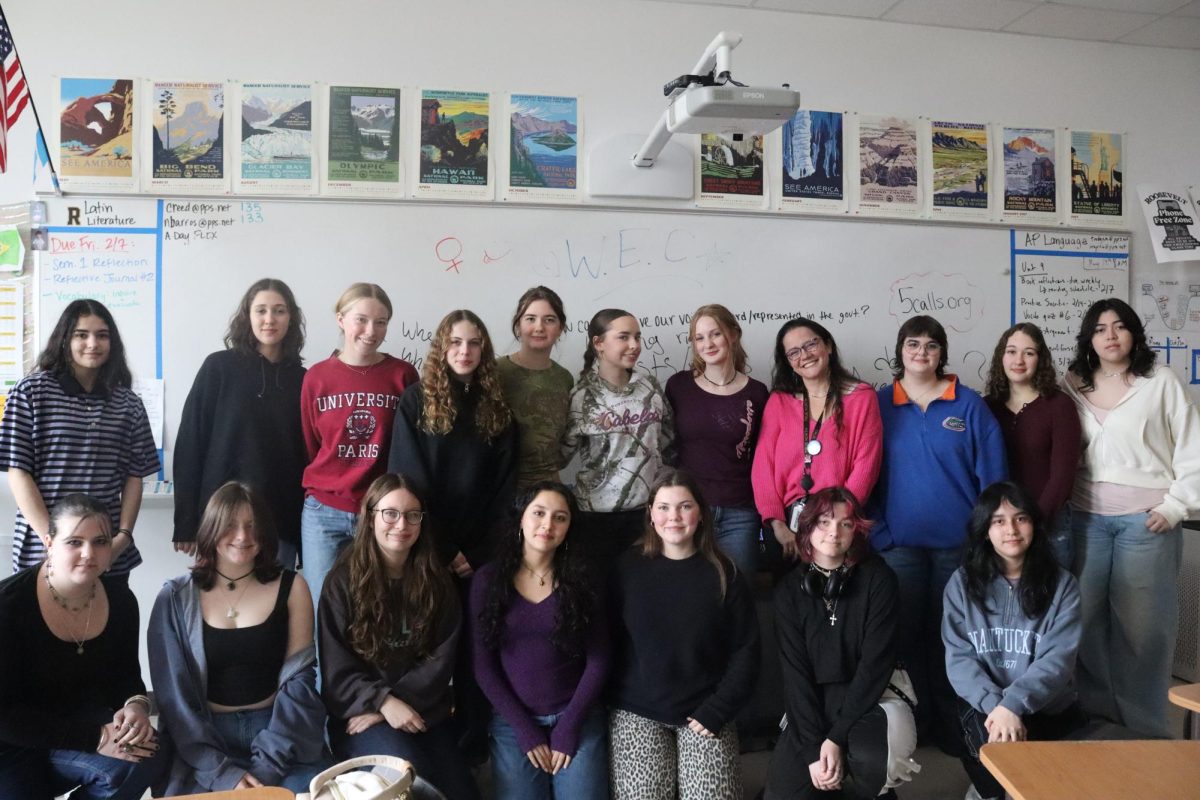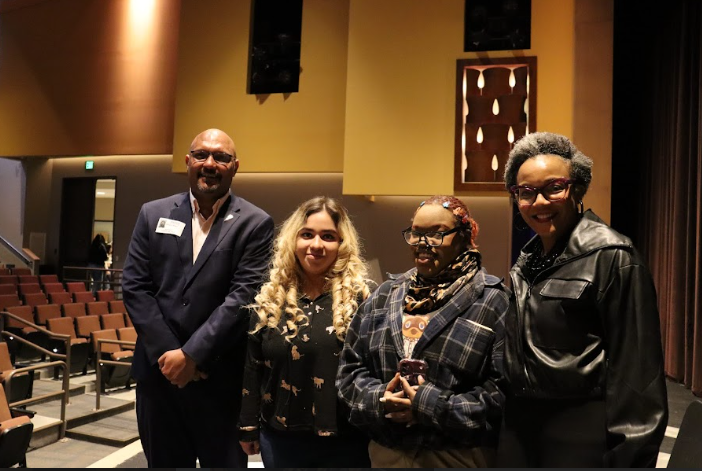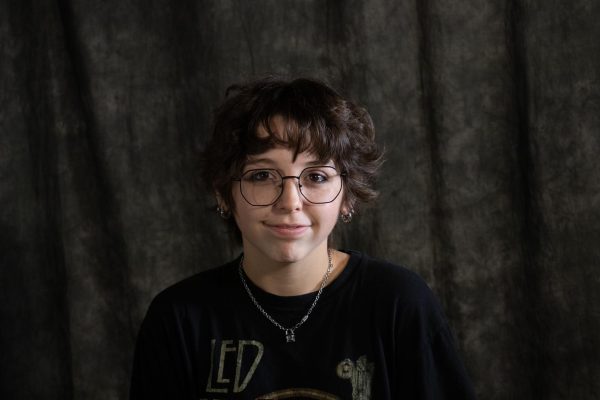There are six streets in Portland named after black people, and only one named after a gay person. This year the Ethnic studies teachers of Roosevelt High School, Emily Shultz and Jennifer McCrory, took it upon themselves to teach on how that affects the communities within Portland. The project would have students write an email or letter to the PBOT (Portland Bureau of Transportation) containing a current street and why it should be named after a black person in history. And to our surprise The Director of the PBOT Millicent Williams, and the Portland City Commissioner, o Mingus Mapps, came to speak with Ms. Shultz’s class and I was honored to sit in on it. Here’s an overview of what was discussed.
The assembly was opened by a handful of student speakers, kicking the discussion off by speaking on why the name of streets is so significant to the communities surrounding them. They delved into the history of some streets in Portland and why their names are harmful, they also spoke on some prominent black figures in history that would impact the community positively if a street was named after them.
Mingus Mapps then took the mic, Mapps shed light on his duties as City Commissioner. As someone who was there for this fascinating discussion I learned many things, for example the PBOT also handles homelessness issues, a topic that has taken over many discussions about Portland. They allowed questions to be asked and answered with as much explanation they could give. The speakers also left space for open discussions among the students and even encouraged individual thinking. As a student and young person this was extremely refreshing, many adults don’t allow younger people to engage in more difficult or “mature” conversations, especially when it comes to opposing opinions. But WIlliams and Mapps welcomed difficult discussions and opposing opinions with open arms, giving insightful responses.
Mapps also elaborated on why street name changing was not an easy task, and shared how it was actually a very expensive one. Between the fees, sign changes, bill changes, map changes, and much more; it ends up costing upwards of $100,000 for just one street to be renamed. This sparked an interesting conversation about if there is a cost to representation and community comfortability, a conversation that Willams and Mapps handled with care. Williams later explained, due to the cost and long process of street name changes, a street name is changed every five to eight years.
As time remaining for this assembly started to become less and less, Williams and Mapps opened the floor to questions of any sort. Many questions were asked by the students attending, I willI will now be sharing the question I asked and the response that came with those. When asked about the frequency of bigger changes to Portland’s streets, Millencent Williams responded “every five to eight years.”. She then elaborated, stating that the most recent change to a Portland street name was Harvey Milk Street, another recent change was to the South of Portland to make it more easily accessible to first responders by making certain neighborhoods more connected. Williams also explained that Parks and Recreation is responsible for changing park names and they are able to change the names easier.
Overall this discussion was very insightful, it shed light on many behind the scenes of the Portland city government. It was an amazing way to get the younger generation of Portland involved.

